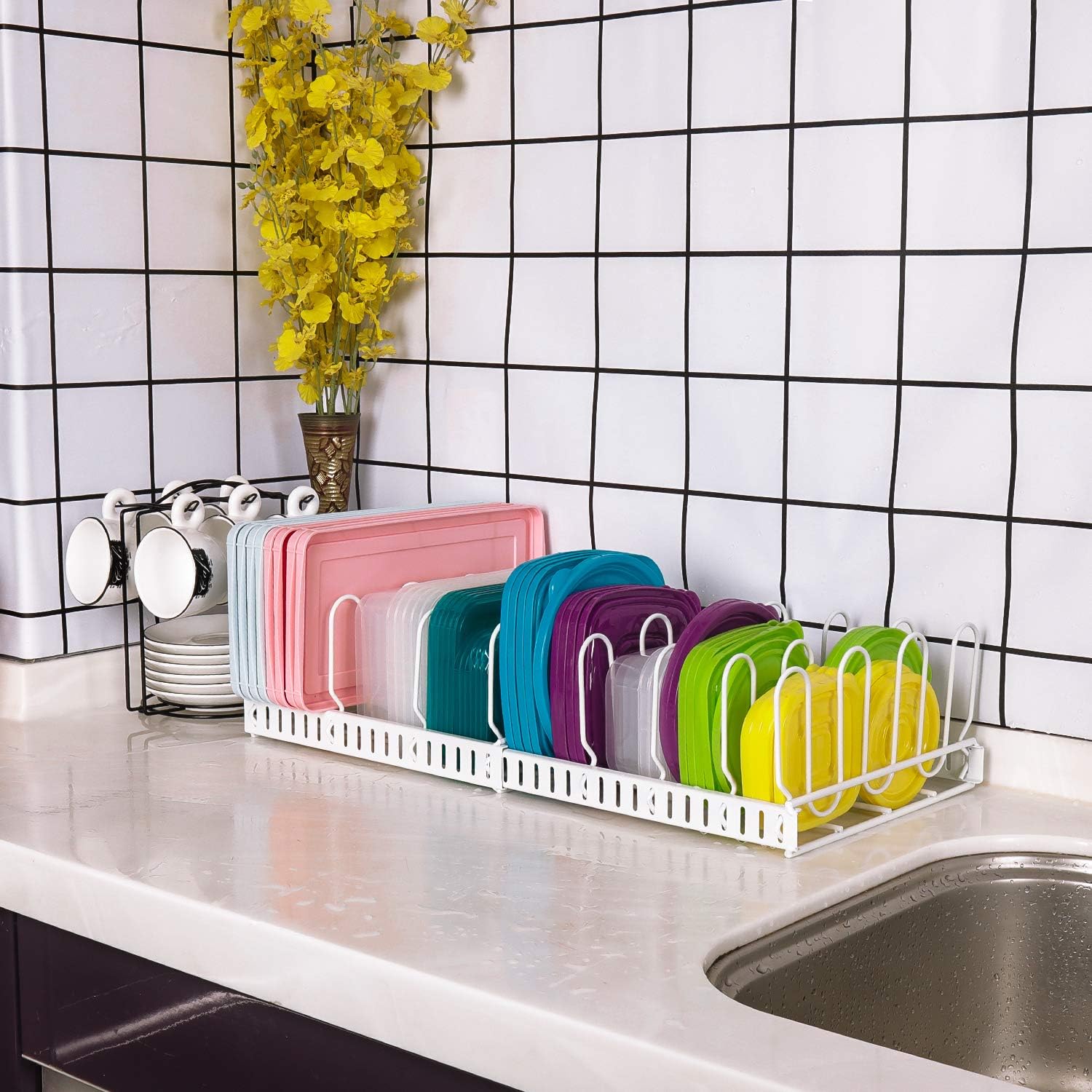

Articles
How To Organize Plastic Containers
Modified: October 20, 2024
Looking for storage ideas to organize your plastic containers? Discover practical tips and clever solutions for keeping your containers neat and tidy.
(Many of the links in this article redirect to a specific reviewed product. Your purchase of these products through affiliate links helps to generate commission for Storables.com, at no extra cost. Learn more)
Introduction
Plastic containers are a staple in many households, offering a convenient and versatile solution for storing various items. However, without proper organization, these containers can quickly become a chaotic mess, making it difficult to find the one you need when you need it. In this article, we will explore effective strategies and storage ideas to help you organize your plastic containers and regain control of your storage space.
By implementing these techniques, you will not only create a more functional and efficient storage system but also save time and frustration when searching for the right container or lid.
So, let’s delve into the world of plastic container organization and discover how you can transform your storage area into a well-ordered and clutter-free space.
Key Takeaways:
- Declutter and sort your plastic containers by size and shape to create a solid foundation for organization. Donate unused containers to benefit others and free up valuable storage space.
- Maximize space and accessibility by stacking, nesting, and labeling your plastic containers. Maintain the system by consistently putting items back in their designated places and involving household members in the organization process.
Decluttering and Sorting
Your journey towards organized plastic container storage starts with decluttering and sorting through your collection. Begin by emptying all of your containers onto a clean and spacious surface, such as a kitchen countertop or dining table.
One by one, assess each container to determine its usefulness and condition. Discard any containers that are cracked, warped, or missing lids. Additionally, get rid of any containers that you rarely use or that are taking up valuable space.
Next, sort the remaining containers by size and shape. Group similar containers together to make it easier to find a specific size when you need it. This step will also help you identify any duplicate containers that can be eliminated.
Consider donating any containers that are in good condition but no longer required in your household. Sharing these items with others can benefit those in need and declutter your storage space.
By decluttering and sorting your plastic containers, you’ll have a clearer idea of what you have and create a solid foundation for the next steps in organizing your storage area.
Evaluating and Matching Lids
One of the most frustrating aspects of plastic container storage is finding matching lids for each container. To tackle this challenge, it’s important to evaluate your collection of lids and determine the best way to keep them organized.
Start by gathering all of your container lids and separating them from the containers. Take a close look at each lid to check for any cracks, damage, or missing parts. Discard any lids that are no longer usable.
Next, consider investing in a lid organizer or divider to keep your lids neatly arranged. These organizers come in various sizes and designs, allowing you to customize the storage solution based on the number and shape of your lids.
If you prefer a budget-friendly option, you can also use a dish rack, a file sorter, or even a shoebox with dividers to keep your lids separated and easily accessible.
As you organize your lids, be sure to match each one with its corresponding container. This step is crucial to save time and frustration when you need to find a specific lid in the future. To make the matching process even easier, consider stacking or nesting the containers together with their lids.
By evaluating and matching your lids, you’ll eliminate the hassle of searching for the right lid and ensure that your plastic containers are ready for use whenever you need them.
Finding the Right Storage Space
Now that you have decluttered, sorted, and matched your plastic containers and lids, the next step is finding the optimal storage space. Assessing the available space in your home and choosing the right location will contribute greatly to an organized and functional storage system.
Begin by identifying areas in your home that can accommodate your plastic containers. Common storage spots include kitchen cabinets, pantry shelves, under-sink areas, or even a dedicated storage closet.
Consider the accessibility and convenience of each location. Opt for areas that are easily reachable, especially for containers that you use frequently. For example, storing plastic containers near the food preparation area in the kitchen will make it more convenient to store leftovers or pack lunches.
Furthermore, take advantage of vertical space by using shelving units, stackable storage bins, or hanging organizers. These solutions maximize storage capacity and keep your containers organized.
For smaller spaces, utilize underutilized areas such as the back of cabinet doors or the space above the refrigerator. Installing adhesive hooks or adhesive organizers can help create additional storage space without taking up valuable surface area.
Remember to consider the weight and size of your containers when selecting storage spaces. Ensure that the chosen shelves or cabinets can safely support the weight of your containers to avoid any accidents or damage.
Ultimately, finding the right storage space allows you to effectively utilize your available space while keeping your plastic containers easily accessible and organized.
Stacking and Nesting Containers
Stacking and nesting your plastic containers is a great way to maximize your storage space and keep everything organized. By utilizing these techniques, you can create a neat and efficient system for storing your containers.
When stacking containers, start with the larger or heavier ones at the bottom. This provides stability and prevents the stack from toppling over. Be cautious not to stack containers too high, as it may become unstable and difficult to retrieve a specific container from the middle or bottom of the stack.
Consider using shelf dividers or wire racks to create separate sections for different sizes of containers. This will prevent them from shifting or becoming disorganized when stacked together.
Alternatively, if your containers have nesting capabilities, take advantage of this feature. Nesting containers means that smaller containers can fit into larger ones, saving valuable space when not in use. This is particularly useful for items like mixing bowls or measuring cups that come in nested sets.
When nesting containers, ensure they are clean and dry to avoid any potential moisture or odor transfer. Place a layer of protective material, such as paper towels or silicone liners, between nested containers to prevent them from sticking together.
For containers that do not have nesting capabilities, consider investing in collapsible storage containers. These collapsible containers can be easily folded and stored when not in use, saving even more space in your storage area.
Remember to label the containers or use transparent containers to easily identify the contents without having to open each one. This will save you time and frustration when searching for a specific item.
By implementing stacking and nesting techniques, you can create a tidy and space-efficient arrangement for your plastic containers, making it easier to find and access the container you need.
Use a storage system that stacks containers by size and shape to maximize space. Store lids separately in a designated area to avoid clutter.
Read more: Best 5 Plastic Storage Bins with Drawers
Labeling and Categorizing
Labeling and categorizing your plastic containers is a crucial step in maintaining an organized storage system. It helps you quickly identify the contents of each container and locate the one you need with ease.
Start by selecting a labeling method that works best for you. You can use adhesive labels, label maker, dry-erase markers, or even colored tape. The key is to choose a labeling method that is clear, easy to read, and durable.
When labeling your containers, be specific and descriptive. Instead of simply labeling a container as “kitchen items,” provide more details like “baking supplies” or “snack containers.” This specificity will save you time when searching for a specific item.
If you have a large collection of plastic containers, consider categorizing them by type or purpose. For example, have separate sections or shelves for food storage containers, meal prep containers, and leftover containers. This categorization system allows you to find the right container for a specific task quickly.
Additionally, consider color-coding your containers or lids for further organization. Assigning a specific color to each category or purpose makes it visually easier to identify and retrieve the container you need.
Remember to update or replace labels when the contents of a container change. Regularly review your labeled containers to ensure they still accurately represent the items inside.
As an alternative to labels, you can also create an inventory list or use a smartphone app to track the contents of each container. This method is particularly useful for larger collections or if you frequently rotate the items in your containers.
By labeling and categorizing your plastic containers, you will create a system that streamlines the process of finding and accessing the right container for your needs, saving you both time and frustration.
Maintaining a System
Creating an organized storage system for your plastic containers is just the first step. To ensure long-term success, it is essential to establish habits and routines that help you maintain the organization and functionality of your storage area.
One of the main principles of maintaining a system is to consistently put items back in their designated places. After using a plastic container, take a few moments to clean it and return it to its proper spot. This prevents clutter from accumulating and keeps your storage area neat and accessible.
Regularly review and reassess your collection of plastic containers. As containers get damaged or lids go missing over time, discard them or find suitable replacements. This proactive approach will help you maintain a streamlined and clutter-free storage system.
Consider implementing a regular cleaning schedule for your storage area. Wipe down shelves, clean the inside of cabinets, and remove any dust or debris that may accumulate over time. This not only keeps your storage area hygienic but also helps you spot any potential issues such as cracks or damage in your containers.
If you notice that your system is becoming overcrowded or disorganized, take the time to declutter and reorganize. This will help you maintain an efficient and functional storage space without unnecessary clutter.
Involve other members of your household in the maintenance of the system. Communicate the organization system and assign tasks to ensure everyone understands their role in keeping the storage area tidy and organized.
Lastly, stay open to making adjustments and improvements to your organization system as needed. Listen to feedback from yourself and others to fine-tune the system and make it even more effective and user-friendly.
By implementing these maintenance practices, you can create a sustainable and functional system for your plastic container storage, ensuring that it remains organized and accessible for the long haul.
Recycling and Responsible Disposal
When it comes to plastic container organization, it’s important to consider not only their storage but also their end-of-life. Proper recycling and responsible disposal of plastic containers contribute to environmental sustainability and reduce waste.
Before disposing of any plastic containers, check if they are recyclable. Look for recycling symbols on the containers, usually located on the bottom, and familiarize yourself with your local recycling guidelines.
In most cases, clean and empty plastic containers can be recycled alongside other plastic materials. However, it’s important to note that not all plastic resins are created equal and may have different recycling requirements. Some communities may only accept specific types of plastic, such as PET or HDPE.
If your local recycling facility accepts plastic containers, rinse them thoroughly to remove any leftover food or residue. Removing labels and separating lids can also aid in the recycling process.
If recycling is not available in your area for certain types of plastic containers, consider repurposing them creatively instead. Plastic containers can find second lives as storage for craft supplies, small hardware items, or even plant pots.
If you find that some containers are no longer usable or recyclable, dispose of them responsibly. Check with your local waste management for guidance on proper disposal methods, as some containers may need to be thrown into the regular trash.
Consider reducing your consumption of plastic containers by opting for more sustainable alternatives, such as glass jars or silicone food storage bags. This reduces the overall waste generated and promotes a more eco-friendly approach to storage.
By being mindful of the recycling and disposal process for plastic containers, you can contribute to minimizing waste and making sustainable choices for the environment.
Conclusion
Organizing your plastic containers is essential for maintaining a clutter-free and functional storage space. By following the tips and ideas outlined in this article, you can create an organized system that maximizes space and allows for easy access to your containers.
Start by decluttering and sorting through your collection, discarding any damaged or unnecessary containers. Evaluate and match lids, ensuring that each container has its corresponding lid to eliminate the hassle of searching for the right one.
Find the right storage space that suits your needs, considering accessibility and convenience. Utilize stacking and nesting techniques to maximize space utilization and keep containers secure. Label and categorize your containers for easy identification and retrieval.
Maintaining the organization system requires regular upkeep and cleaning. Consistently putting items back in their designated places and decluttering when needed will help you maintain an efficient storage area.
Additionally, be mindful of the environmental impact of plastic containers. Recycle them properly according to local guidelines and consider repurposing or reducing their consumption for a more sustainable approach.
In conclusion, taking the time to organize your plastic containers will not only bring order to your storage space but also save you time and frustration in the long run. Embrace these storage ideas and maintain the system to enjoy a well-organized and functional storage area for your plastic containers.
Frequently Asked Questions about How To Organize Plastic Containers
Was this page helpful?
At Storables.com, we guarantee accurate and reliable information. Our content, validated by Expert Board Contributors, is crafted following stringent Editorial Policies. We're committed to providing you with well-researched, expert-backed insights for all your informational needs.
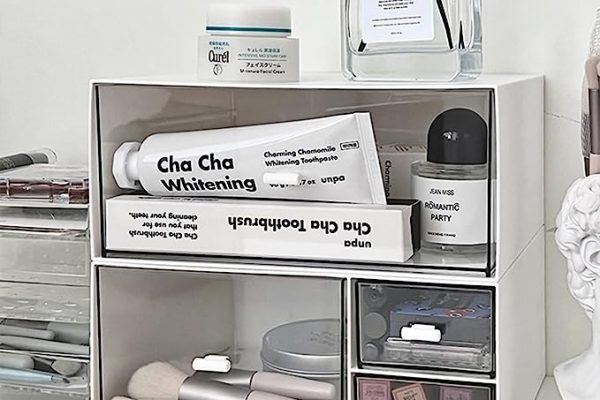
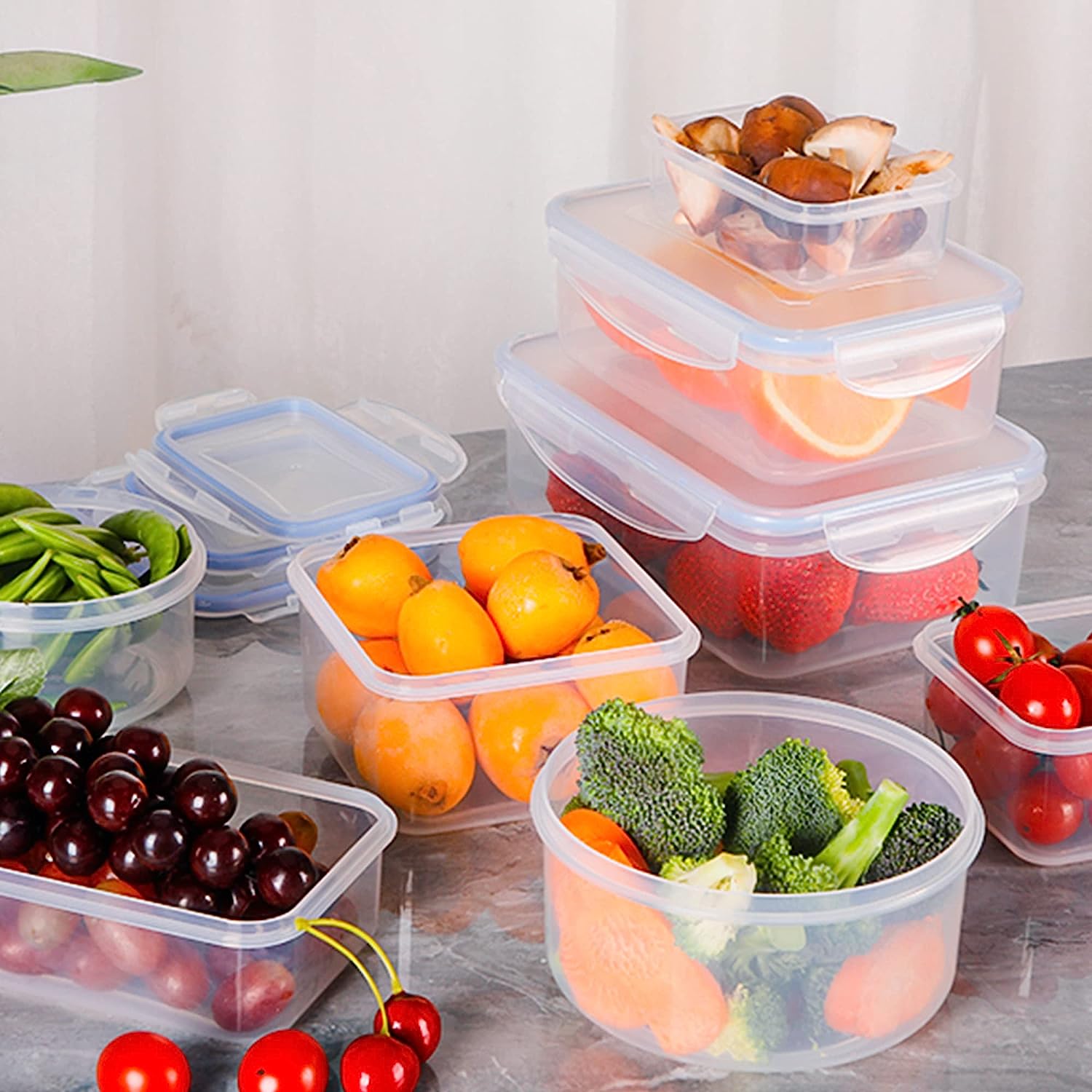
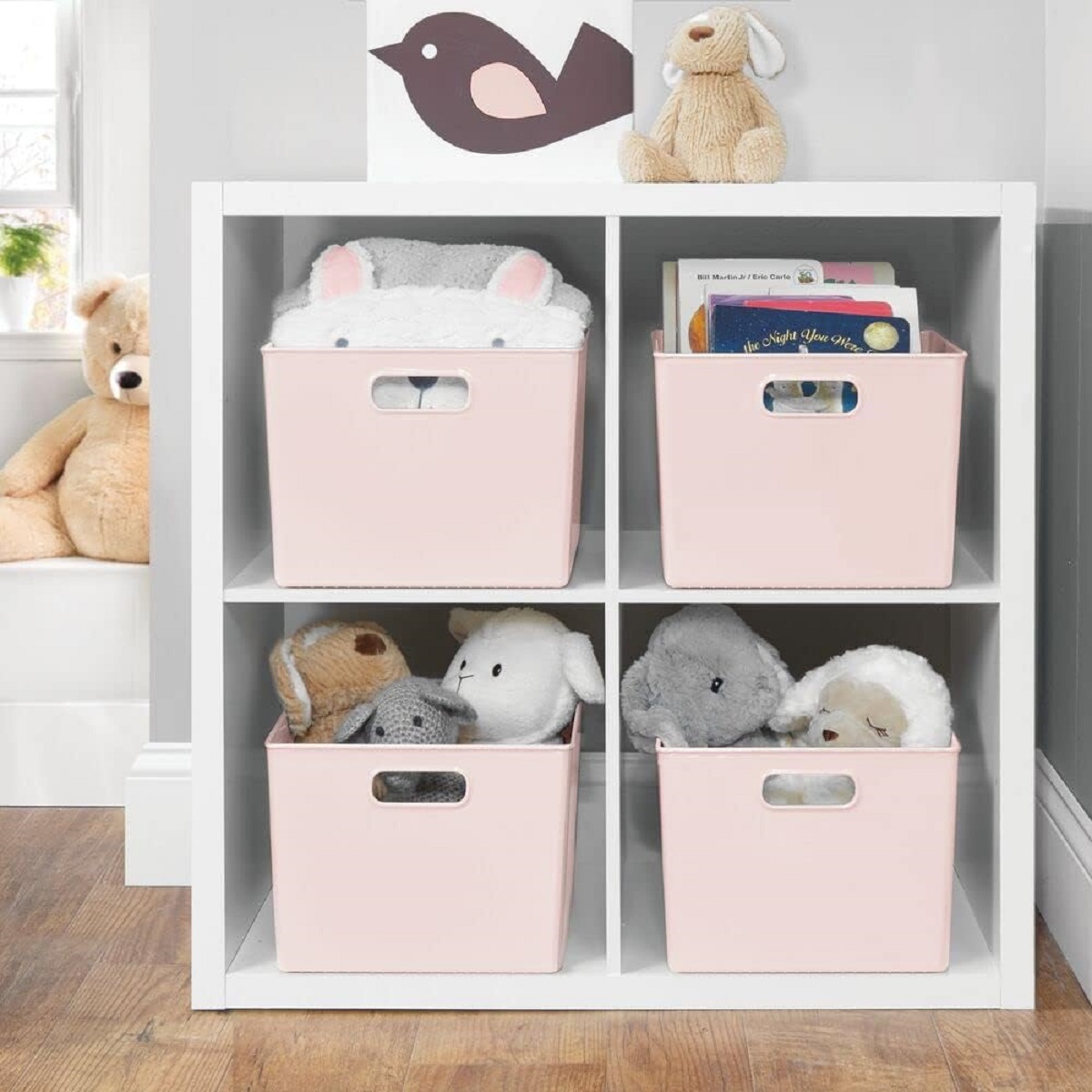

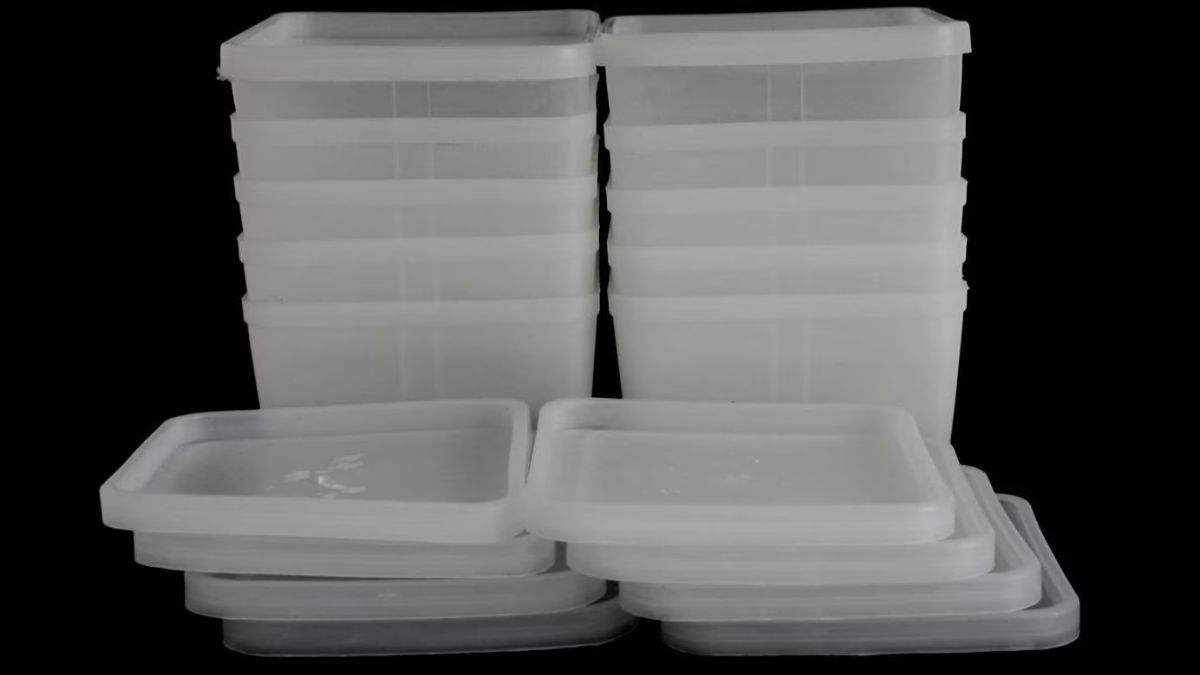
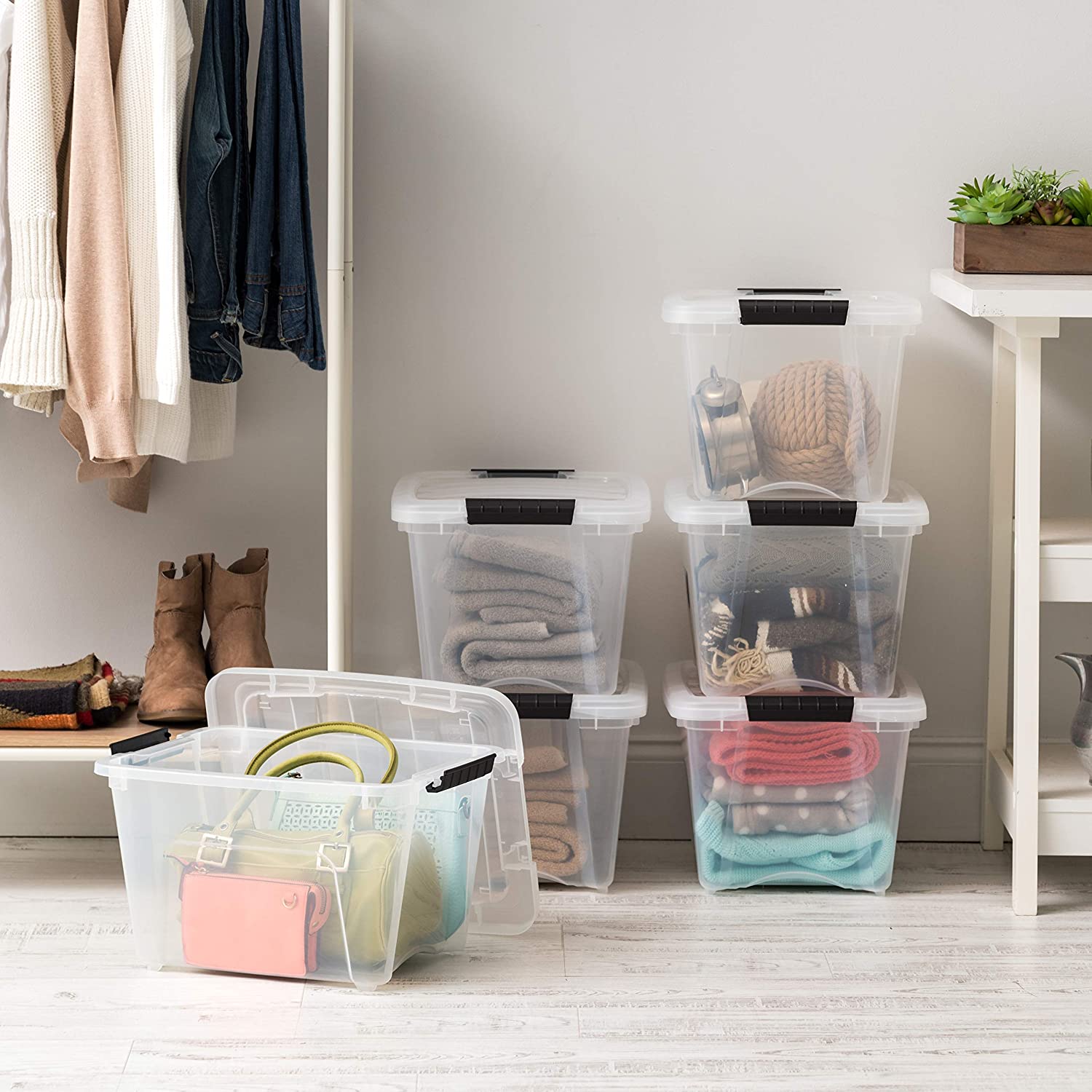
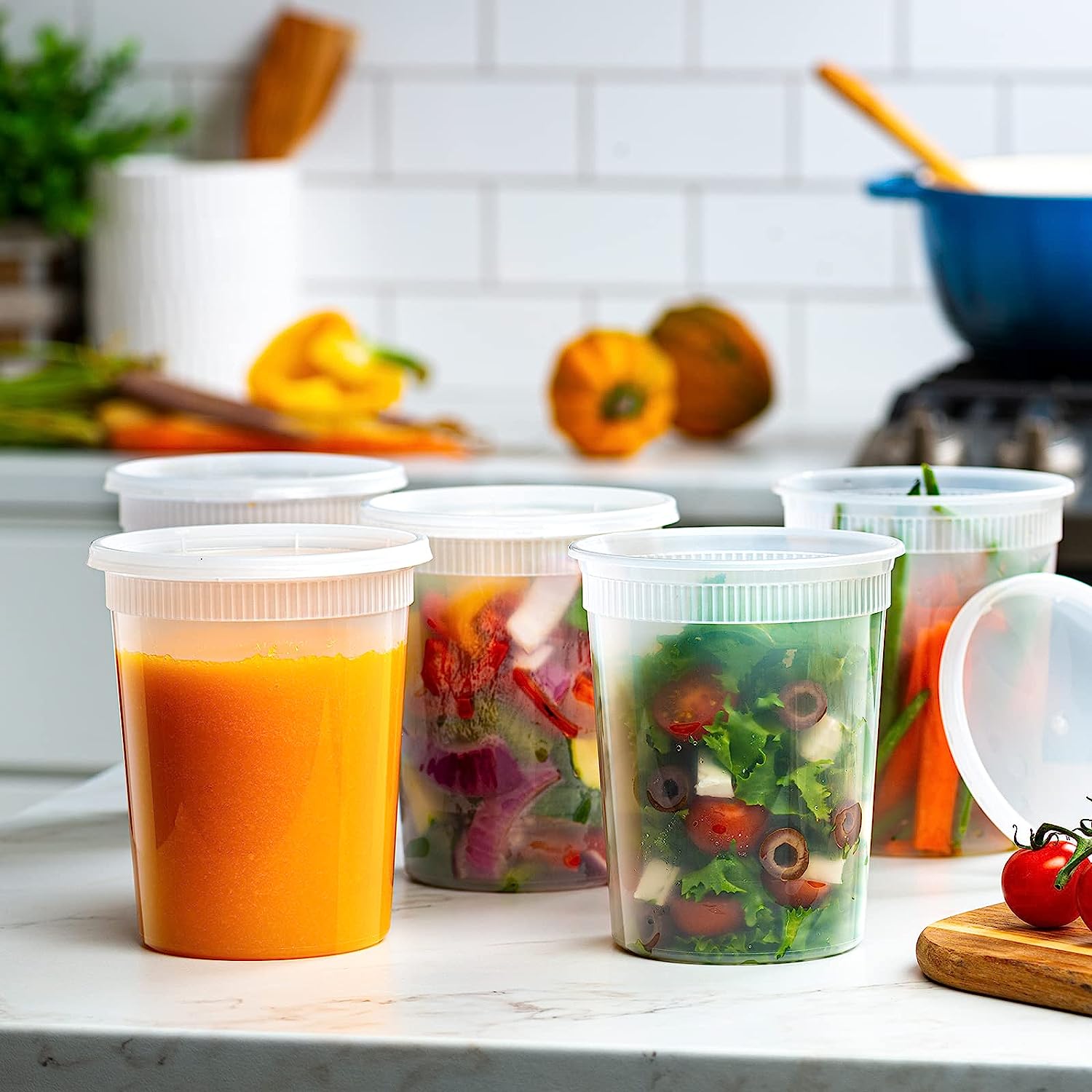
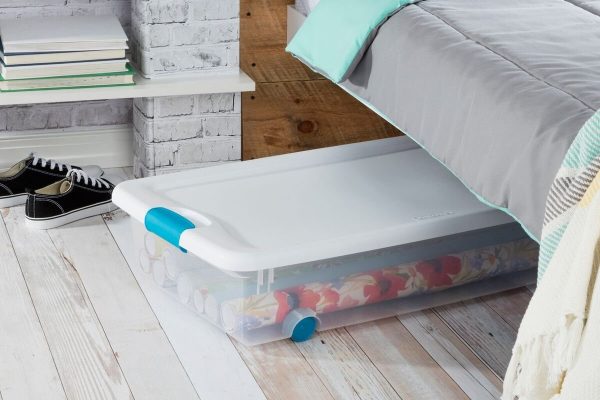
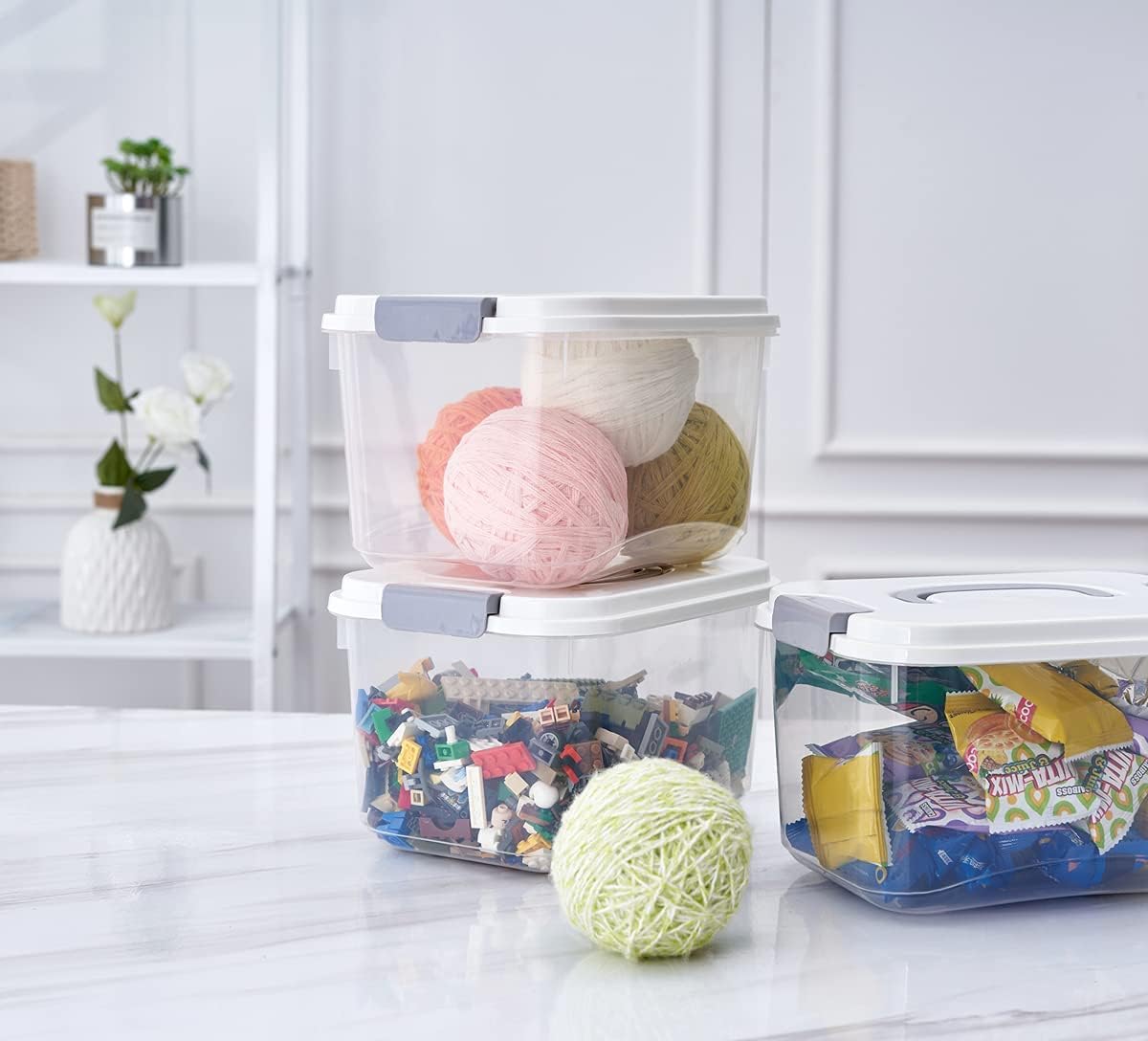
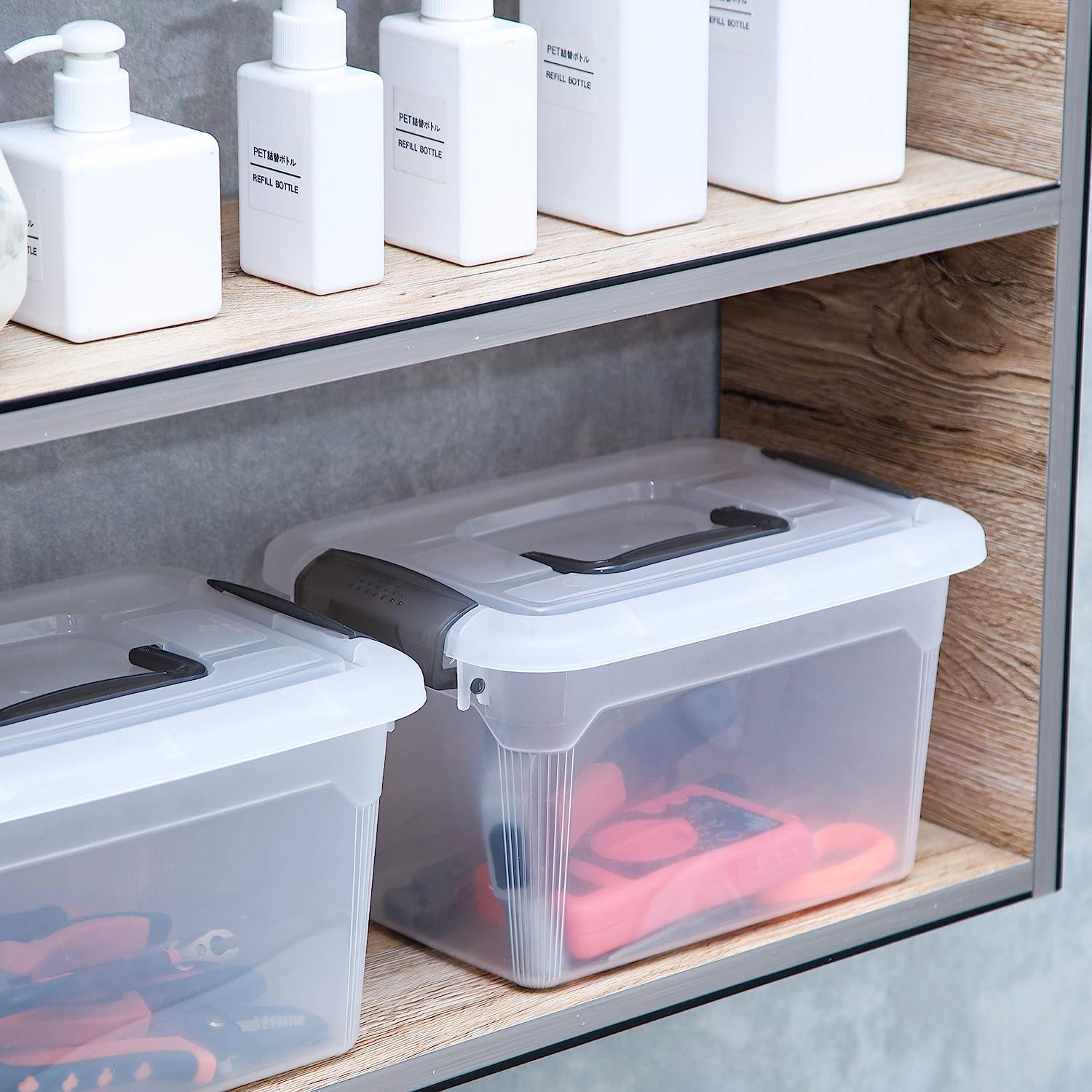
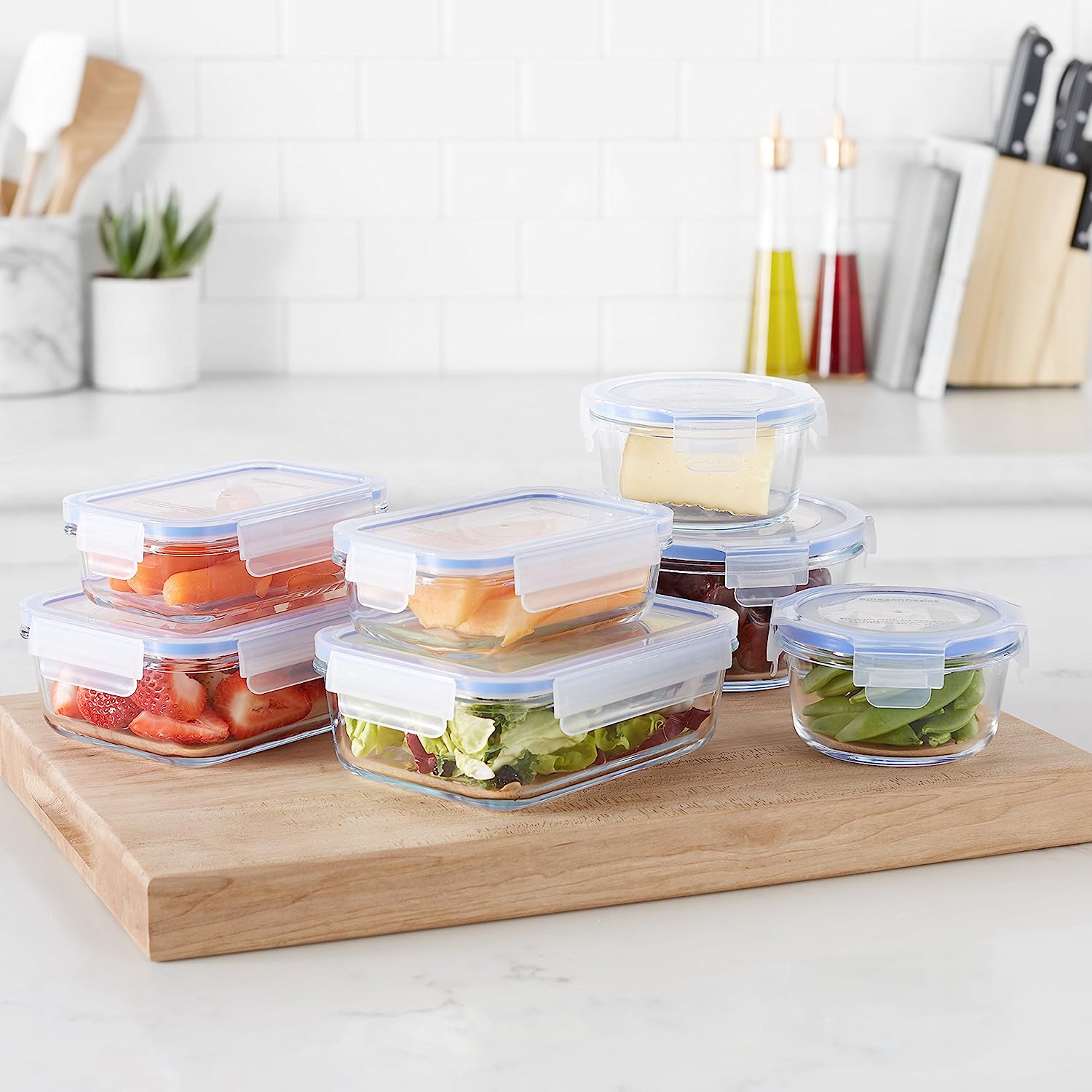
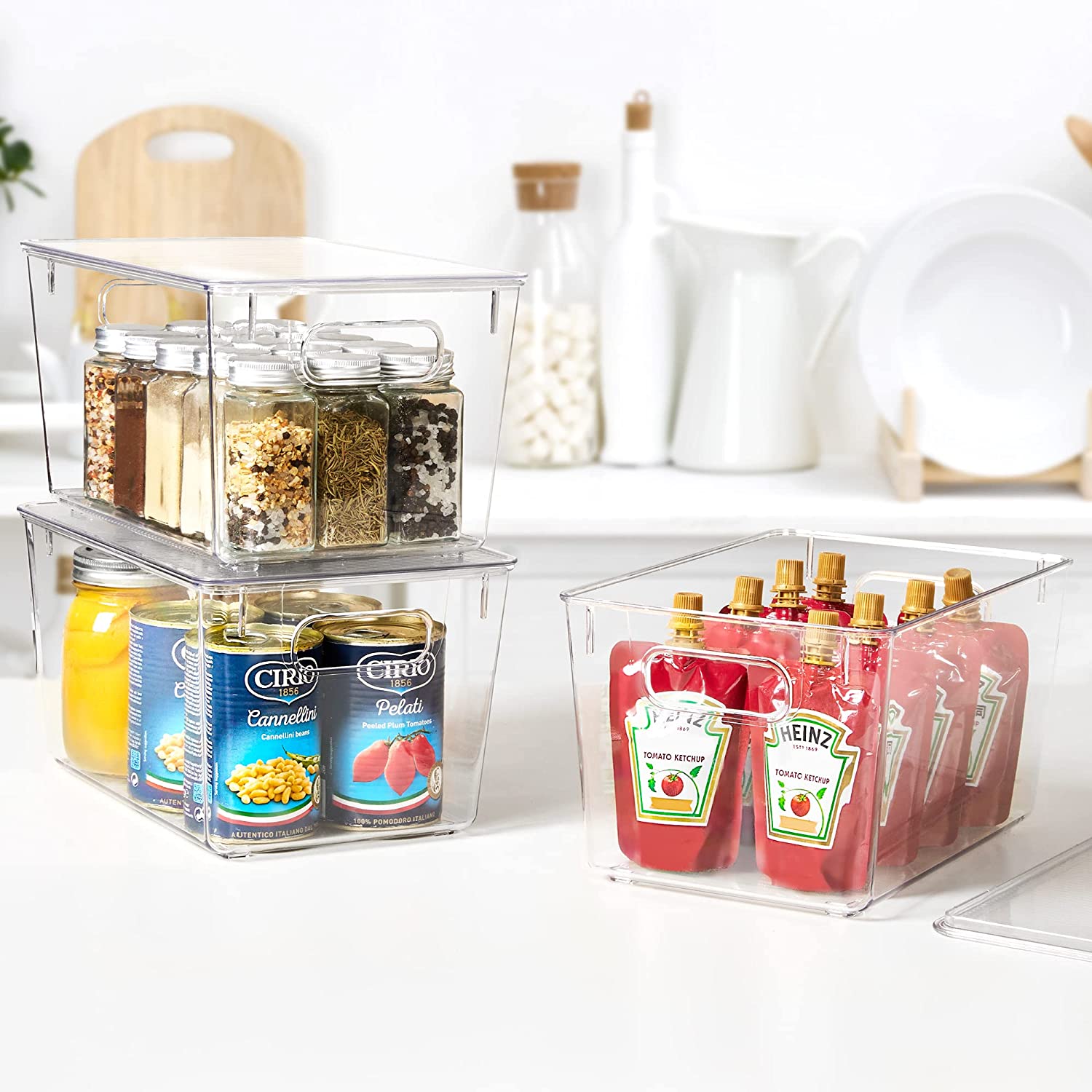
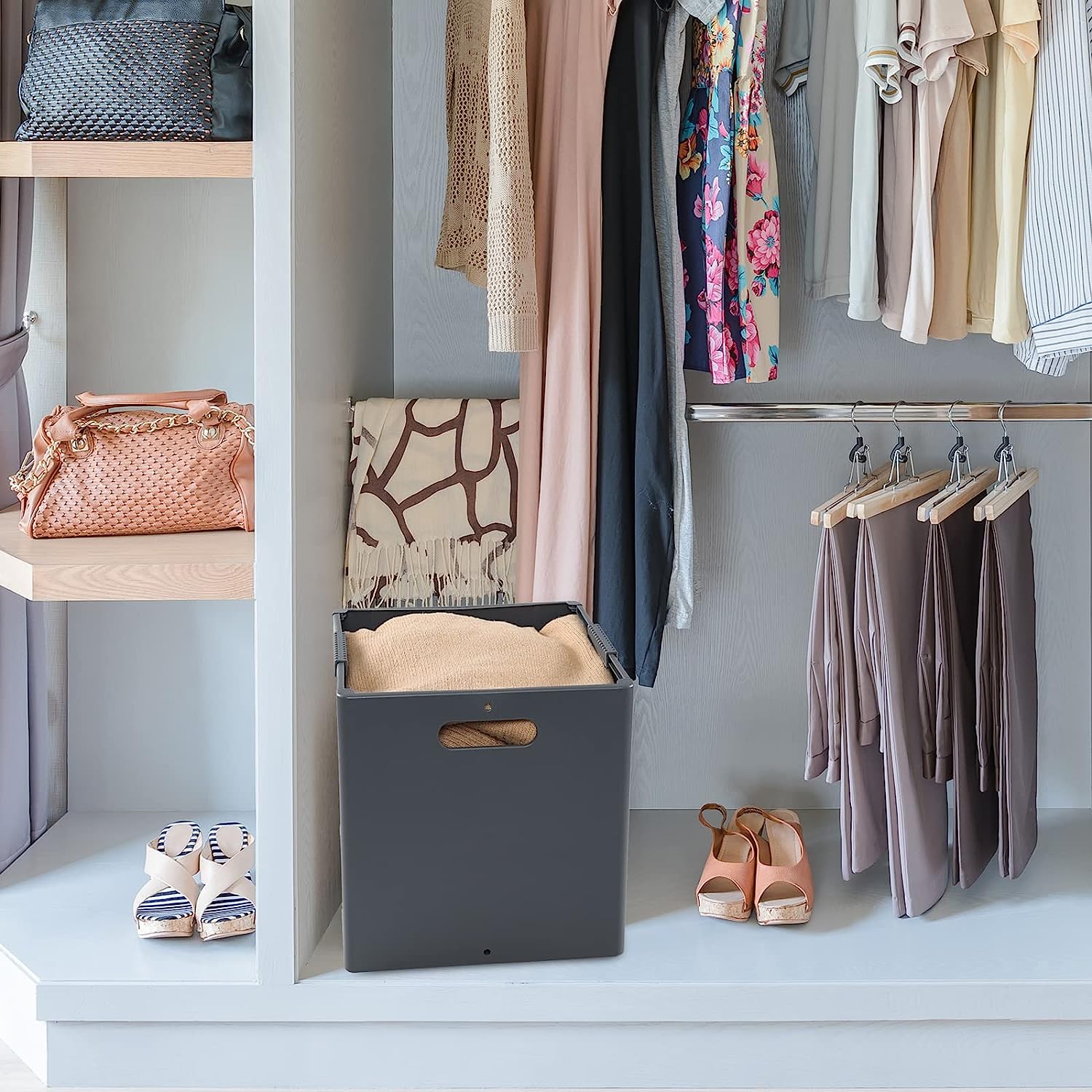
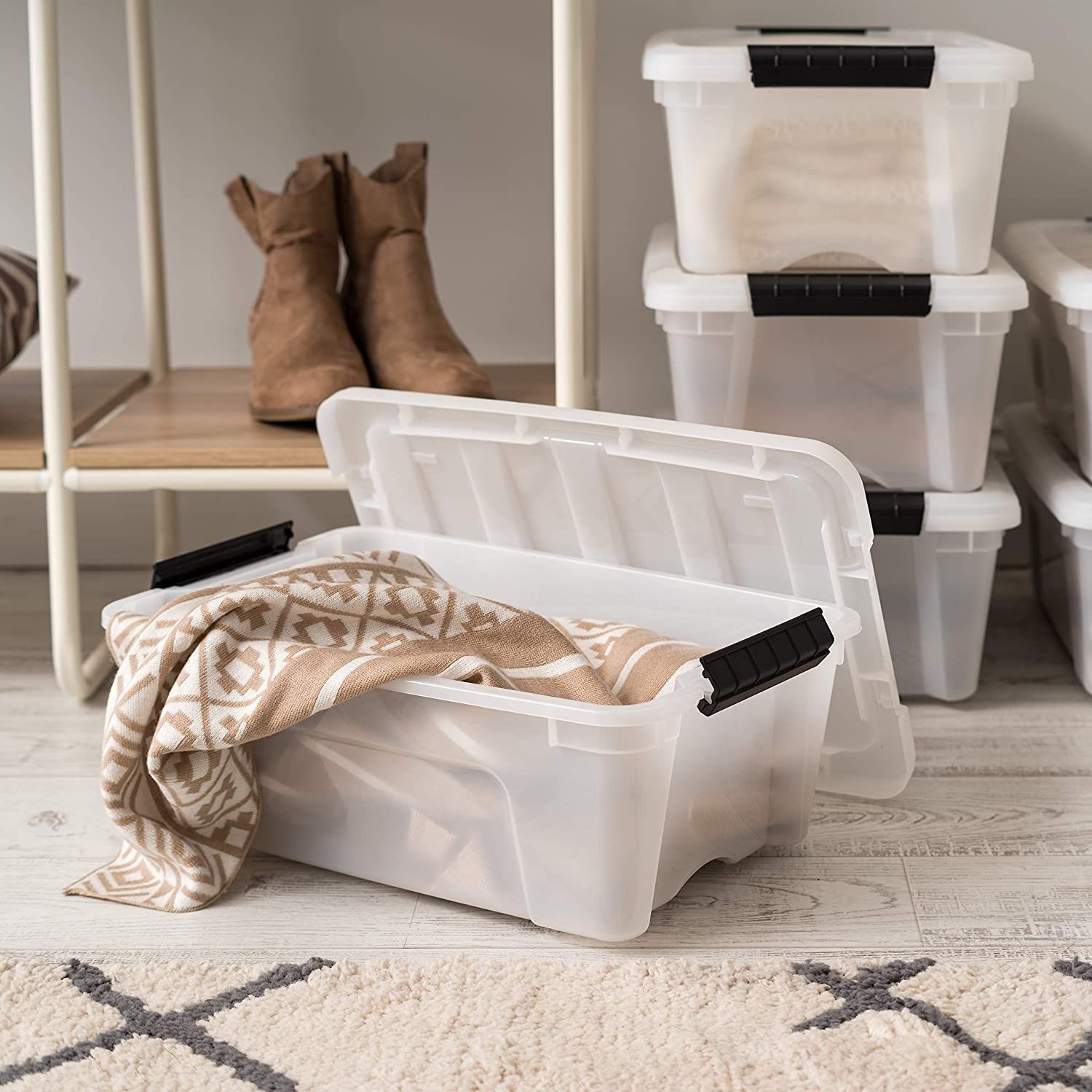

0 thoughts on “How To Organize Plastic Containers”